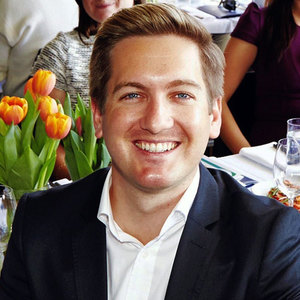
At SoldOut, pitching for major events is something we do regularly so we know that submitting a tender document is no easy feat. It takes a substantial investment of time and resources, and a lot require free use of any creative concepts that are presented, regardless of the tender outcome.
It’s often difficult to determine the client’s expectations and desired approach based on what can often be very generic ‘scopes of work’ and terminology, and often without budget parameters. However, I see many companies quickly proceed in developing custom graphics and bespoke highlight reels and lavishing clients with visually appealing creative and isolated financial spreadsheets.
Though the question must be asked – how qualified are these ideas and financials? Do they actually deliver the tangible outcomes set by clients? Is the creative achievable within operational considerations, budgets, timelines etc? Are the budgets and financials themselves considerate of external factors such as stakeholder inputs, cross-project leveraging opportunities, existing infrastructure or assets owned by the client?
At SoldOut, we take a blended approach to the tender process and ask ourselves “are we really providing the client value if we blindly submit concepts and numbers just because the tender asks for them?”
By digging deeper than the surface level and asking a matrix of questions, from anticipated sponsor activities and existing assets to stakeholder inputs and external stakeholder campaigns, we can uncover the client’s true requirements and open the dialogue on a range of topics and cost-saving solutions. This allows us to understand more about the project as a whole and we can tailor our tender pitch more closely to the client’s actual needs.
By taking this approach, we better allocate our time and resources in delivering responses (and ultimately projects) and ensure our resources are focused on productive and efficient outcomes, driven by thought leadership and not an automatic response.
Thomas B. Staunton
CEO
